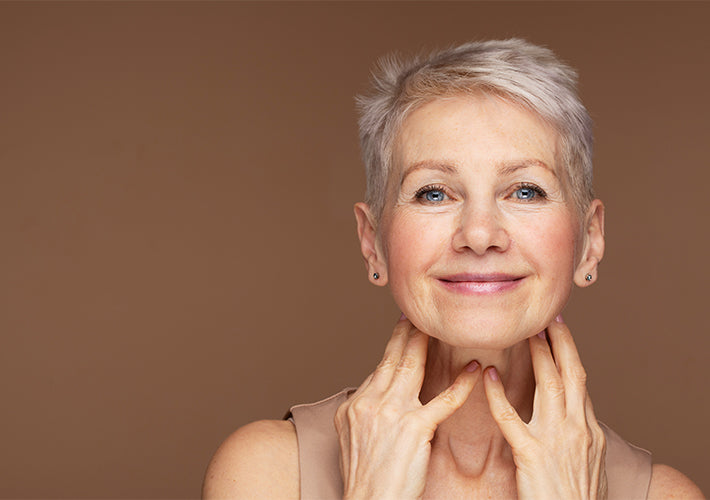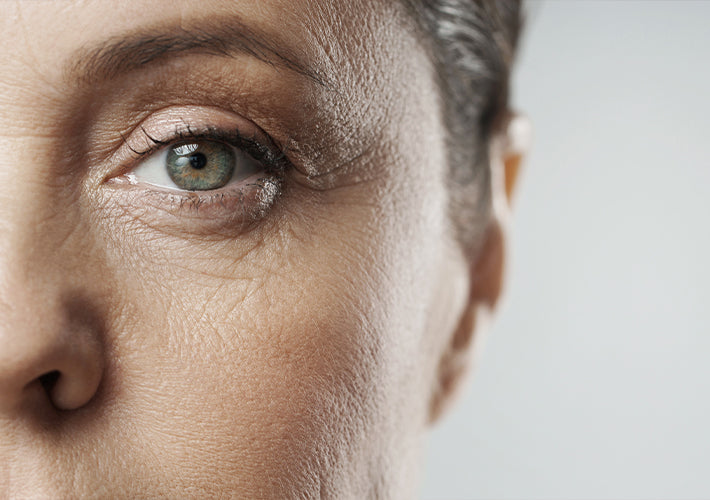Blog — Great Skin Habits

Wrinkles, Worry & Wi-Fi: Your Brain and Skin Are in a Mood
Posted by Terri Wojak on
An Esthetician/Skincare Trainer’s Take on Stress and Skin
As an esthetician, I know how emotions show up on the skin—sometimes dramatically. Case in point: when I got engaged, planned a wedding, and moved states in under three months, I experienced my first eczema and rosacea flare-up. The stress was real, and my skin told the story loud and clear.

Misunderstanding Sun Protection
Posted by Terri Wojak on
Protecting our skin from the harmful effects of the sun is essential for maintaining healthy, youthful skin. Unfortunately, there are some misconceptions that leave many people without enough sun protection. It is our job as skin care providers to put a stop to these myths so clients have proper protection and get optimal results. Sunscreen will prevent me from getting Vitamin D Vitamin D is an essential vitamin needed by our body to carry out everyday functions including immune support, bone health, muscle function, calcium absorption, and more. Our skin synthesizes vitamin D though UVB exposure; and SPF 30 sunscreen...
- Tags: Body, Great Skin Habits, Skin Care Routine, Skincare, sunscreen, Travel

Sleep Effects on Skin
Posted by Terri Wojak on
Sleep is crucial for our bodies, including skin, to regenerate and repair. We have a circadian rhythm, a 24-hour period responsible for biological cycles. It is like an internal clock that regulates the wake and sleep sequences of the body. This internal clock is responsible for keeping the body’s hormone levels balanced. For example, melatonin is one hormone that increases at night signaling us to go to sleep. Continuous lack of sleep not only shows on the skin, but has been linked to aging, cancer, diabetes, obesity and immune and mood disorders. The medical community generally agrees that getting seven to nine hours of sleep a...
- Tags: Great Skin Habits, Science

Accelerated Aging
Posted by Terri Wojak on
Have you ever wondered how accelerated aging occurs? There are several processes that happen with intrinsic aging including a slower cell turnover, lack of collagen and elastin, less oil production, and loss of subcutaneous fat to name a few. These age-related occurrences are accelerated by external factors, leaving the look of dull, fatigued, dry, wrinkled skin. Following, are a few reactions that occur on a cellular level resulting in accelerated aging. Reactive Oxygen Species (ROS) Reactive oxygen species, or ROS, a type of free radical, are probably the most discussed contributing factor to aging skin. It is well known that...
- Tags: Great Skin Habits, Science, Skincare

Aging Eyes
Posted by Terri Wojak on
Many people have caught on to how important playing up their eyes can be—after all, the eyes are known as the focal point of the face. Unfortunately, the eyes are often the first area to show signs of aging due to the difference in skin structure. The skin surrounding the eyes is up to ten times thinner compared to other areas of the face. The thinner skin around the eyes not only provides less support, but it also makes imperfections including dark circles, puffiness, fine lines and wrinkles more noticeable. There are several methods that can be used to aesthetically enhance the eye area, including...
- Tags: Great Skin Habits, Science, Skincare
